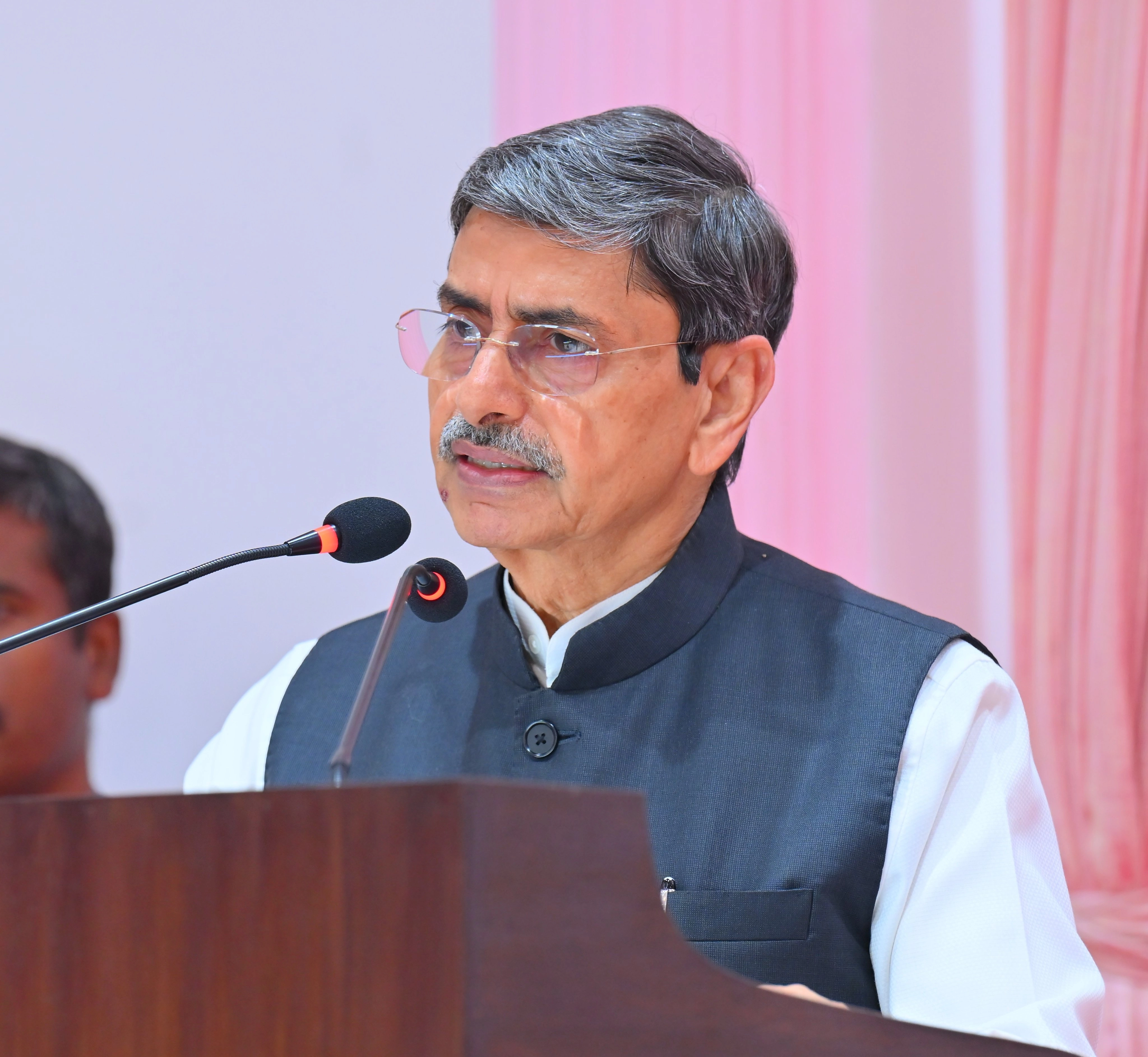In recent years, India’s urban landscape has witnessed exponential growth, particularly in its bustling cities, which are grappling with significant congestion. Amidst this chaos, the rise of delivery apps has emerged as a solution that not only caters to the demands of urban dwellers but also capitalizes on the increasing need for convenience. With the rapid adoption of smartphones and internet connectivity, these apps have transformed the way people access goods and services, from food to groceries and even essentials. This trend has become particularly pronounced in metropolitan areas where time is of the essence, and the hustle and bustle of daily life often leaves little room for traditional shopping.
Delivery apps have effectively tapped into the urban consumer’s desire for speed and convenience. As people navigate through crowded streets, the ability to order anything from a meal to household supplies with just a few taps on a mobile device has become increasingly appealing. The convenience factor is further enhanced by the availability of a wide range of options, allowing consumers to choose from various restaurants, stores, and products without having to physically navigate the congested urban environment. This has not only changed consumer behavior but has also spurred economic opportunities for local businesses, enabling them to reach a broader audience and increase sales through these digital platforms.
Moreover, the logistics behind these delivery services are constantly evolving to meet the challenges posed by India’s traffic congestion. Companies are leveraging advanced algorithms and data analytics to optimize delivery routes, ensuring that goods reach customers in a timely manner despite the unpredictable nature of urban traffic. Additionally, the introduction of electric vehicles and eco-friendly delivery options reflects a growing awareness of sustainability within the industry. As these delivery apps continue to innovate and adapt to the unique challenges of Indian cities, they are not only enhancing consumer convenience but also contributing to the overall economic ecosystem.
While the proliferation of delivery apps presents numerous advantages, it also raises questions about urban infrastructure and the sustainability of such services in the long run. The increased demand for quick deliveries can exacerbate traffic congestion, leading to delays and further complications within the urban framework. As cities continue to evolve, stakeholders—including government bodies, urban planners, and delivery companies—must collaborate to create a balanced approach that addresses both the needs of consumers and the broader implications for urban mobility. Ultimately, the success of delivery apps in India’s congested cities will hinge on their ability to innovate responsibly and sustainably while meeting the ever-changing demands of their customers.




